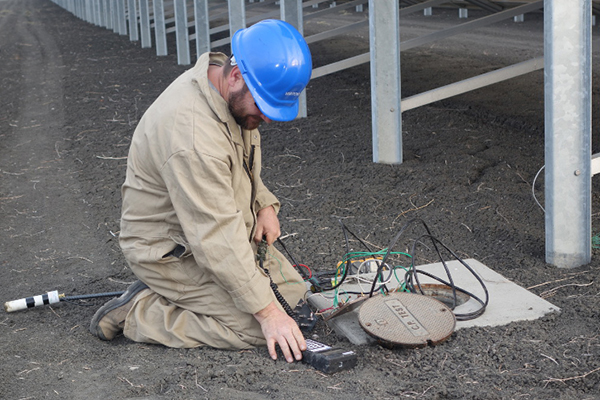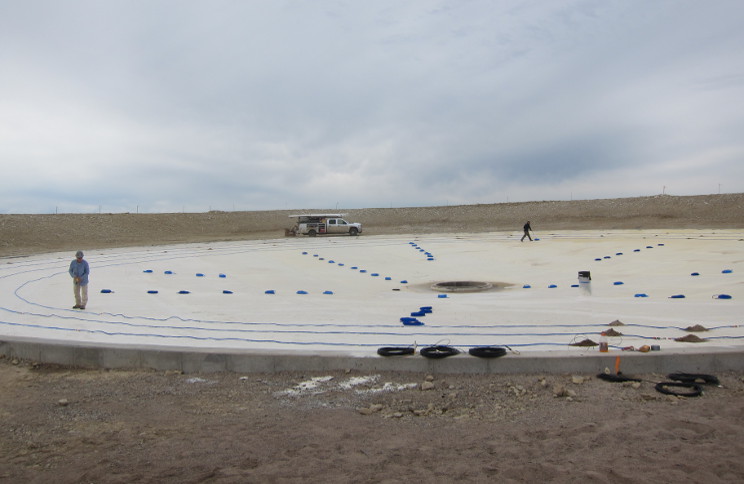Top 5 Innovations in Cathodic System Design for 2024

The field of corrosion protection is witnessing a transformative era, especially in cathodic system design. As 2024 unfolds, groundbreaking technological advancements are reshaping the efficiency and efficacy of these systems. This comprehensive article delves into the top five innovations in cathodic system design, showcasing how they are revolutionizing this crucial industry.
1. Advanced Material Usage in Anodes
Next-Generation Alloy Anodes: The introduction of next-generation alloy compositions in anodes marks a significant breakthrough. These materials, featuring enhanced electrochemical properties, offer a more uniform current distribution and greater resistance to passivation. The result is a more consistent and long-lasting cathodic protection, substantially reducing the frequency of anode replacements.
Nanotechnology-Enhanced Anodes: The integration of nanotechnology in anode materials is another exciting development. By manipulating materials at the molecular level, these anodes provide superior protection and efficiency. They are particularly effective in challenging environments, such as high-salinity waters or extreme temperatures, ensuring robust protection across diverse applications.
2. IoT-Enabled Cathodic Protection Systems

Real-Time Monitoring and Control: IoT-enabled systems are revolutionizing cathodic protection by providing real-time monitoring and control. These systems can instantly detect fluctuations or failures, enabling immediate corrective actions. This capability dramatically enhances the reliability of cathodic protection systems, ensuring continuous and effective corrosion prevention.
Predictive Maintenance Algorithms: Advanced algorithms analyze the collected data, predicting potential issues before they arise. This predictive maintenance approach reduces the likelihood of system failures, extends the lifespan of the cathodic system, and significantly lowers maintenance costs.
3. Automated Impressed Current Cathodic Protection (ICCP) Systems
Dynamic Environmental Response: Automated ICCP systems are designed to respond dynamically to environmental changes. These systems change the protective current according to temperature, humidity, and salinity to provide the best protection.
Energy Efficiency: By automating the current adjustment, these systems operate at peak efficiency, reducing energy consumption. This energy efficiency is not only cost-effective but also aligns with sustainability goals, a crucial consideration in today’s industry practices.
4. Solar-Powered Cathodic Protection Systems

Sustainability and Accessibility: The adoption of solar-powered systems represents a significant step towards sustainability. These systems make cathodic protection more accessible, especially in remote areas where traditional power sources are unavailable or unreliable.
Advancements in Solar Technology: The latest innovations in solar panel efficiency and battery storage have made these systems more viable than ever. Solar-powered cathodic systems work well in areas with little sunlight, making them a versatile solution worldwide.
5. Advanced Coating Technologies
Self-Healing Coatings: The development of self-healing coatings is a notable advancement. These coatings can automatically repair minor damages, maintaining an uninterrupted barrier against corrosion. This innovation not only enhances the protective capability but also significantly reduces the need for frequent inspections and repairs.
Synergy with Cathodic Protection: These advanced coatings are designed to work synergistically with cathodic protection systems. By providing an additional layer of defense, they enhance the overall effectiveness of the cathodic system, ensuring a more comprehensive approach to corrosion protection.
Conclusion on Cathodic System Design
The year 2024 stands as a milestone in the field of cathodic system design, with these top five innovations leading the charge. From advanced materials in anodes to IoT-enabled systems, automated ICCP, solar-powered solutions, and advanced coatings, the future of cathodic protection is bright.
These advancements not only promise enhanced protection and efficiency but also pave the way for more sustainable and cost-effective corrosion prevention strategies. As these technologies continue to evolve, they are set to redefine the standards of cathodic system design, offering robust solutions for a wide array of industries. Contact QualCorr Engineering to get started.
